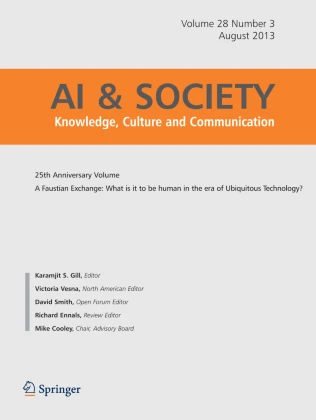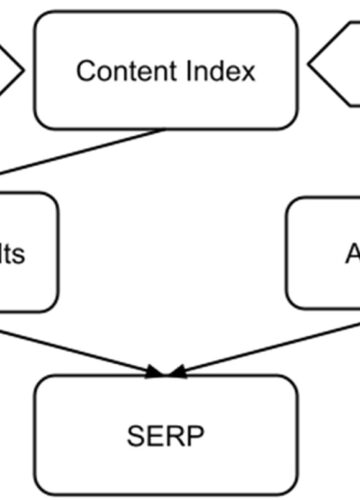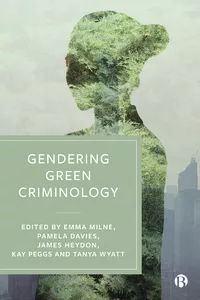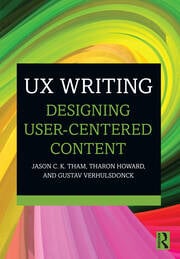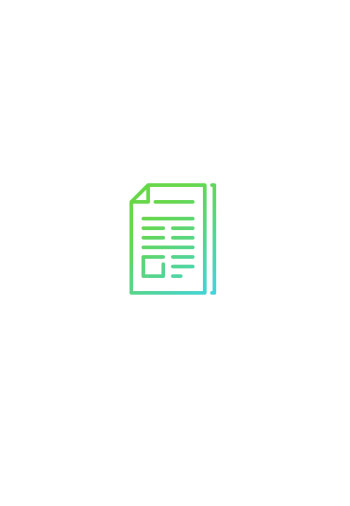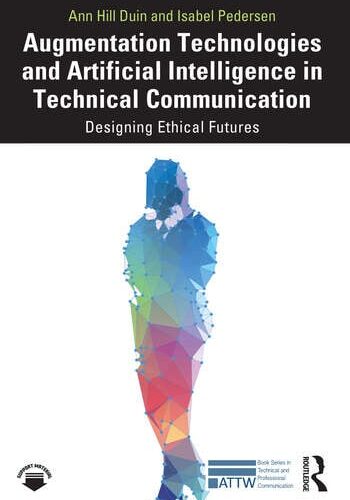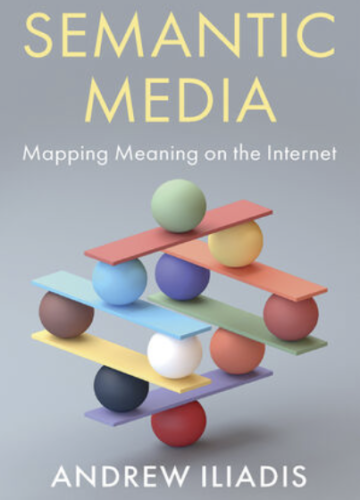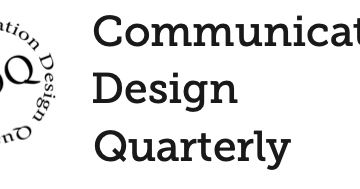Publications
Books, articles, and reports published by Digital Life Institute members.
Bringing older people’s perspectives on consumer socially assistive robots into debates about the future of privacy protection and AI governance
Andrea Slane, Isabel Pedersen
Journal Article: A growing number of consumer technology companies are aiming to convince older people that humanoid robots make helpful tools to support aging-in-place. As hybrid devices, socially assistive robots (SARs) are situated between health moni-toring tools, familiar digital assistants, security aids, and more advanced AI-powered devices. Consequently, they implicate older people’s privacy in complex ways. Such devices are marketed to perform functions common to smart speakers (e.g., Amazon Echo) and smart home platforms (e.g., Google Home), while other functions are more specific to older people, including health and safety monitoring and serving as companions to mitigate loneliness. Privacy is a key value central to debates about the ethics of using SARs in aged care, yet there has been very little interchange between these debates and the robust theoretical discussion in the legal literature about the future of privacy and AI governance. Drawing on two qualitative studies of older people’s views on consumer SARs, the paper contributes novel findings about older people’s thinking on privacy and data governance at the intersection of their experiences with present day digital technologies and projections for future AI systems, and places their views in dialogue with debates about the future of privacy protection and AI governance.
Access HereComposing with generative AI on digital advertising platforms
Daniel L. Hocutt
Research Study: This study introduces online advertising platforms as digital composing tools where persuasive rhetoric encourages users to follow links and take action on landing pages. It frames these platforms as digital spaces where human actors work alongside non-human AI agents (Duin & Pedersen, 2021 & 2023) and where rhetorical agency emerges through the activity of machine learning and artificial intelligence. It theorizes a (human) user-centered approach to composing digital ads in digital advertising platforms built around Walton, Moore & Jones’ (2019) framework of positionality, position, and power. It provides guidance for technical and professional writers in placing human users at the center of an abstracted, algorithm-driven partnership where generative AI appears poised to wrest power from both composers and users.
Access Here‘Daughters of Dust’: An Eco-Feminist Analysis of Debt-for-Nature Swaps and Underage Marriage in Indonesia
Delon Omrow
Book Chapter: This chapter presents the theoretical promise of eco-feminism in explaining how the oppression of young women and girls is connected to the oppression of nature. Central to both forms of oppression is the ‘logic of domination’ – a conceptual framework maintaining harmful value dualisms and hierarchies. This logic also draws concrete parallels between the eco-violent commodification of nature and women’s bodies, theorising debt-for-nature (DFN) swaps and underage marriage in Indonesia through an eco-feminist lens. The interconnections of DFN swaps and various forms of violence against women and young girls in the context of human and environmental security prompt immediate responses from international organisations.
Access Here
UX Writing, Designing User-Centered Content
Jason C.K. Tham, Tharon Howard, Gustav Verhulsdonck
Book: This flexible textbook provides an integrated approach to user experience (UX) writing and equips students and practitioners with the essential principles and methods to succeed in writing for UX.
The fundamental goal of UX writing is to produce usable and attractive content that boosts user engagement and business growth. This book teaches writers how to create content that helps users perform desired tasks while serving business needs. It is informed by user-centered design, content strategy, artificial intelligence (AI), and digital marketing communication methodologies, along with UX-related practices. By combining writing-as-design and design-as-writing, the book offers a new perspective for technical communication education where UX design and writing are merged to achieve effective and desirable outcomes.
Outlining the key principles and theories for writing user-centered content design, this core textbook is fundamental reading for students and early career practitioners in UX, technical communication, digital marketing, and other areas of professional writing.
Access HereWriting to Learn in Teams: A Collaborative Writing Playbook for Students Across the Curriculum
Joe Moses and Jason Tham
Book: Informed by years of the authors’ teaching experience as well as thorough research on teamwork across multiple settings, this guide effectively brings together the practical, psychosocial, and pedagogical elements of collaboration and collaborative writing. Beautifully designed and appealingly readable, it is the finest and most comprehensive interdisciplinary text on this subject.
Access HereThe Big Rhetorical Podcast (Keynote Episode)
Isabel Pedersen
Podcast: Isabel Pedersen was the keynote speaker in this event. This podcast is a wide-ranging conversation about the current status of Artificial Intelligence in society.
This episode of The Big Rhetorical Podcast was produced as part of the 2023 TBR Podcast Carnival, “Artificial Intelligence: Applications and Trajectories.” The 2023 TBR Podcast Carnival takes place August 28-31 with new podcasts released each day.
Access HereCo-AI Technical Writing: Documentation, Experimentation, User Testing, & Ethical Design
Ann Hill Duin, Isabel Pedersen, Jim Hall, Dan Card, Lee-Ann Kastman Breuch
Conference Paper: OpenAI’s ChatGPT technology is now in use across academic and professional contexts, and co-writing content with AI is eclipsing older notions of AI assistantship. This panel re-envisions co-AI technical and professional writing amid this transformative AI writing landscape, inviting participants to join in discussion and research on documenting generative AI’s ability to develop documentation; providing critical examination to deal with issues of explainability, transparency, and user advocacy; introducing co-AI technical writing and usability testing to students; and designing ethical futures through use of ethical algorithmic impact assessment tools and processes.
Access HereAugmentation Technologies and Artificial Intelligence in Technical Communication: Designing Ethical Futures
Ann Hill Duin, Isabel Pedersen
Book: This book enables readers to interrogate the technical, rhetorical, theoretical, and socio-ethical challenges and opportunities involved in the development and adoption of augmentation technologies and artificial intelligence.
The core of our human experience and identity is forever affected by the rise of augmentation technologies that enhance human capability or productivity. These technologies can add cognitive, physical, sensory, and emotional enhancements to the body or environment. This book demonstrates the benefits, risks, and relevance of emerging augmentation technologies such as brain–computer interaction devices for cognitive enhancement; robots marketed to improve human social interaction; wearables that extend human senses, augment creative abilities, or overcome physical limitations; implantables that amplify intelligence or memory; and devices, AI generators, or algorithms for emotional augmentation. It allows scholars and professionals to understand the impact of these technologies, improve digital and AI literacy, and practice new methods for their design and adoption.
This book will be vital reading for students, scholars, and professionals in fields including technical communication, UX design, computer science, human factors, information technology, sociology of technology, and ethics. Artifacts and supplemental resources for research and teaching can be found at https://fabricofdigitallife.com and www.routledge.com/9781032263755.
Access HereAdapting to AI Writing
Isabel Pedersen
Report: This report summarizes activities, resources, and ideas on the topic of generative AI writing and its cultural adoption, with an emphasis on postsecondary education. It sheds light on how universities are adopting to generative AI as a phenomenon, and some of the reasons that adapting to AI writing is challenging in unique ways. AI hype is a significant factor in this first year of public access to the technology. The act of writing currently serves different cultural and professional roles, and it makes sense that the adaptation to generative AI will be heterogeneous. Users of emergent technology like generative AI go through a process of adaptation before settling into purposeful usage of it. The generative AI market will expand, and the focus in Education should be on learning frameworks first, not on specific products (e.g., ChatGPT, Microsoft Bing Conversational Experiences, DALL-E 2, etc.). Students should be involved in tools discovery and their feedback should be included in course policymaking. Adaptation to autonomous content generation tools will also be determined by instructors’ points of view as teachers as well as their multiple professional roles as non-teachers. AI Literacy, digital literacy, critical media literacy, civic engagement, ethically-aligned adoption and assessment of writing tools will be needed for all people at any level in order to adapt to AI writing, appropriately.
Semantic Media: Mapping Meaning on the Internet
Andrew Iliadis
Book: Media technologies now provide facts, answers, and “knowledge” to people – search engines, apps, and virtual assistants increasingly articulate responses rather than direct people to other sources. Semantic Media is about this emerging era of meaning-making technologies. Companies like Apple, Google, Facebook, Amazon, and Microsoft organize information in new media products that seek to “intuitively” grasp what people want to know and the actions they want to take. This book describes some of the insidious technological practices through which organizations achieve this while addressing the changing contexts of internet searches, and examines the social and political consequences of what happens when large companies become primary sources of information.
Access HereVisualizing the datasphere: Representations of old bodies and their data in promotional images of smart sensor technologies for aging at home
Kirsten L. Ellison, Wendy Martin, Isabel Pedersen, and Barbara L. Marshall
Journal Article: Technologies for people aging at home are increasingly prevalent and include ambient monitoring devices that work together with wearables to remotely track and monitor older adults’ biometric data and activities of daily living. Our paper examines the ways in which the datafication of aging is offered up visually by technology companies to promote their products. Specifically, we ask: how are data visualized in promotional images of smart sensor technologies for aging at home? And in these visualizations, what happens to the aging body and relations of care? We present 3 themes on the visual representation of old bodies and their data: (1) Captured Data, (2) Spatialized Data, and (3) Networked Data. Each, we argue, contribute to a broader visualization of the “datasphere”. We conclude by highlighting the underlying assumptions of old bodies in the co-constitution of aging and technologies in which the fleshy and lived corporeality of bodies is more often lost, reduced to data points and automated care scenarios, and further disentangled from other bodies, contexts and things.
Access HereWriting Infrastructure with The Fabric of Digital Life Platform
Katlynne Davis, Danielle Mollie Stambler, Jessica Lynn Campbell, Daniel L. Hocutt, Ann Hill Duin, and Isabel Pedersen
Journal Article: Teaching writing involves helping students develop as critical communicators who use writing to question often-unseen systems of power enabled by infrastructures, including digital spaces and technologies. This article uses Walton, Moore, and Jones’ (2019) 3Ps Framework—positionality, privilege, and power—to explore how, through assignments we developed incorporating the Fabric of Digital Life digital archive, instructors can make visible to students the invisible layers of infrastructure. Using the 3Ps framework, we illustrate how our pedagogical approach encourages students to use writing to interrogate digital infrastructure and the ways it is entangled with positionality, privilege, and power. Communication Design Quarterly.
Access Here